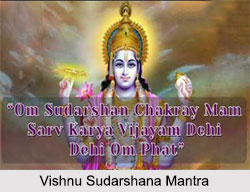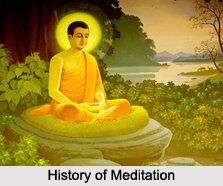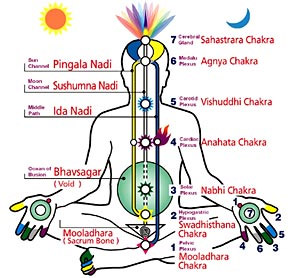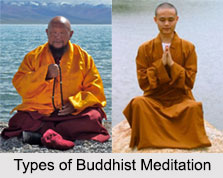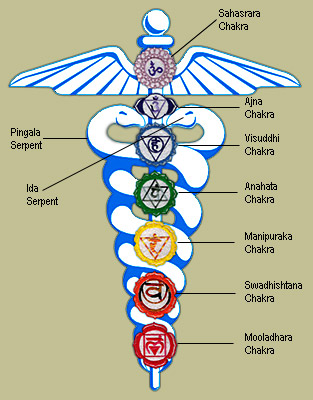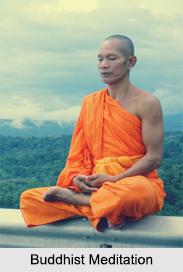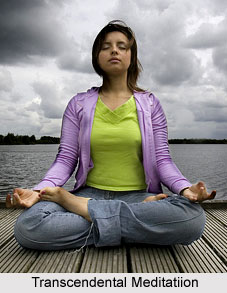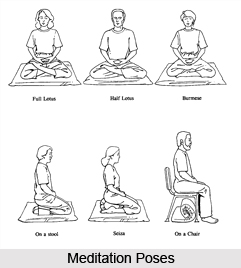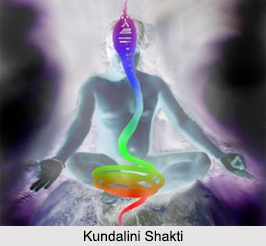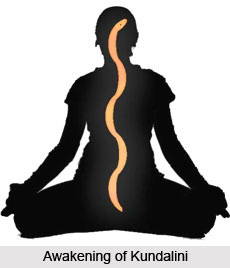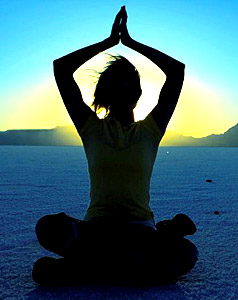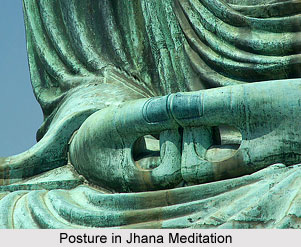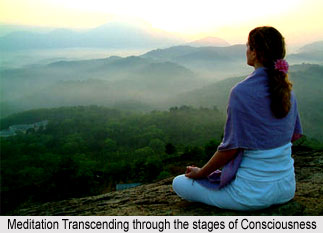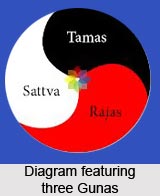Nirvikalpa Samadhi is the last stage of Kundalini Meditation. This form of meditation interprets life as a memory. There are two types of memory, namely conscious and unconscious.
The conscious memory is very unpredictable and inconstant; it is directed outwards towards mundane objects, which are impermanent and transitory but seem ceaseless to the unaware mind. The unconscious memory is permanent; it has been collecting all the karmas from tens of millions of births without any lapse or distortion. Thus the unconscious memory is actually conscious, since it records everything that happens to a person, and the conscious memory is actually unconscious.
Through Kundalini meditation, one can make the conscious memory truly conscious, and vice versa. When these two memories merge, the result is the super-conscious memories that are the consciousness of reality and in that state the individual exist in the casual body. A person who moves on with his sadhana, from vijnana to Ananda and the last shred of ego are dissolved only the eternal awareness is left, which is known as the Nirvikalpa Samadhi.
Usually no one ever comes back from Nirvikalpa Samadhi. Once the Kundalini Shakti enters the Mooladhara Chakra the entire earth element should be transformed before he can move to the Svadhishthana Chakra. If even a tiny bit of Earth remains untransformed, any further rise is not possible. The earth element can remain partly awakened, but it will be unable to awaken completely. This is applicable for every Chakra. When Kundalini finally reaches the Sahasrara, the power has surrendered all connection to the Five Elements, and the soul can no longer remain in the mundane world, rather the soul is considered imperfect to survive amidst the normal world.
One cannot last for more than twenty-one days in Nirvikalpa Samadhi and if any individual stay longer he can never return to his own body. For the first twenty-one days, one is in Nirvikalpa Samadhi and the body does not decay. Not a single hair falls; no animal bothers the being, however after that it begins to decay because the causal body ceases to exist. Without a causal body, the subtle and physical bodies do not exist. One can return to Earth from Nirvikalpa Samadhi only if Nature permits. If a person wants to exist after Kundalini is awakened completely, he must be successful in moving his consciousness from the Mooladhara to the Sahasrara and then again in the reverse direction.
The Nirvikalpa Samadhi is one of the most important and vital stages of Kundalini meditation. The limitations of Nirvikalpa Samadhi are well versed by the performer before he urges to attain this height of spirituality.
